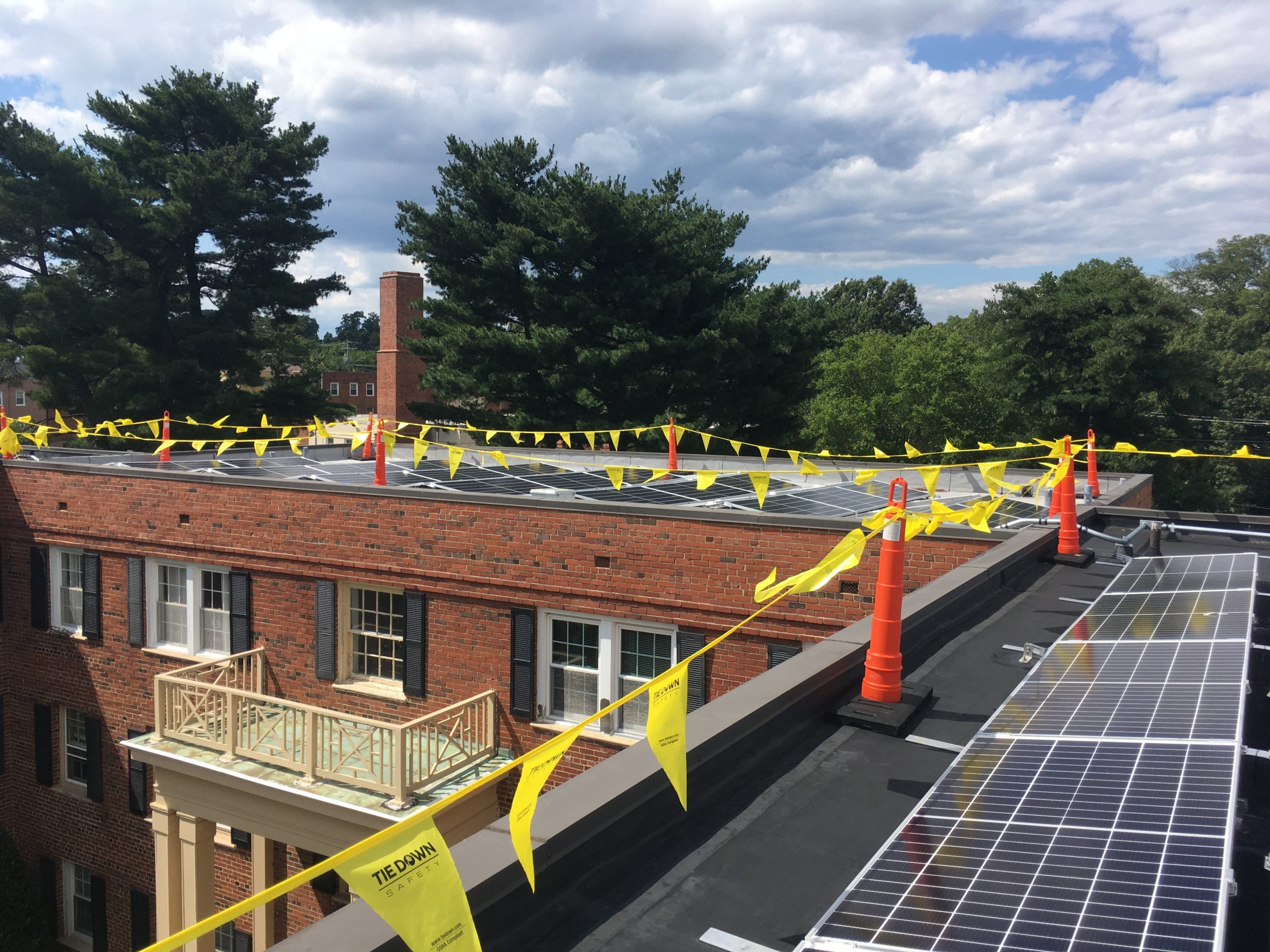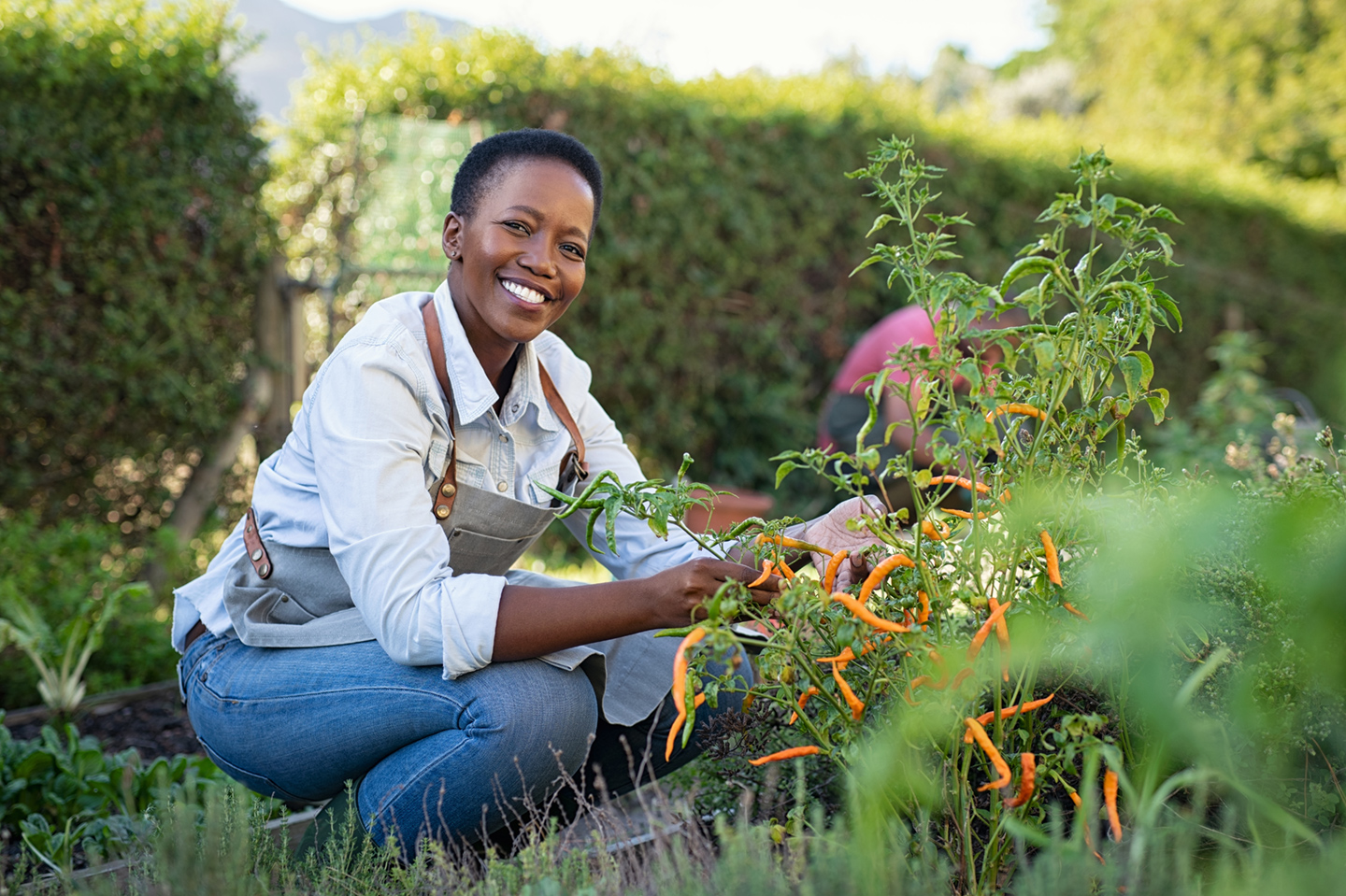Virginia Community Capital’s (VCC) origin story began in 2006 when we were first established as a community development financial institution (CDFI) with an initial $15 million state-backed investment under Governor Mark R. Warner.
Virginia had emerged from a recession in 2005, but it was recognized more could and needed to be done to support small businesses in rural parts of the state. Virginia Works was a workforce training program that sought to lift up would-be workers and entrepreneurs with the idea you shouldn’t have to leave your hometown to get a world-class job. The vision for what would become VCC was born from this as the conversation turned to capital – how do you improve access to capital and resources in economically excluded areas in order to support community development in all corners of Virginia? In urban localities, many minority-owned businesses were run by sole proprietors who had overcome enormous odds in order to launch, despite not having a traditional banking relationship. Imagine what they could achieve – what all Virginians could achieve together – if there was a different model in play.
When the Commonwealth put out an RFP to solve for this opportunity, Community Housing Partners, an organization supporting affordable housing development, the Federation of Appalachian Housing Enterprises (FAHE), a non-profit CDFI membership organization for affordable housing developers throughout Central Appalachia, and the Virginia Community Development Corporation, an equity-raising organization for affordable housing projects, all came together to create what became Virginia Community Capital. But forming a partnership and winning the RFP was just the first step.
Jane Henderson, VCC’s President & CEO, was brought in initially as a consultant to advise on how best to take VCC from concept to reality. Her background in banking had earned her a strong reputation throughout the industry, and she was coerced out of an early retirement to take up the reigns. In those early days, the team was small and scrappy. They had to develop the VCC brand – even design their own logo and letterhead – and start to build a name for themselves before they could start getting capital into the hands of change-makers across Virginia.
Now, 15 years later, through the power of partnerships and leverage, VCC has turned that $15 million seed investment into over $1.8 billion of impact in Virginia. Over the years, they’ve become known for their ability to combine the resources of national, state, and local social investors into successfully funded high-impact projects. VCC-financed projects have created or retained 11,700 jobs, developed 10,000 affordable housing units, backed 28 food access initiatives, and supported 19 much-needed healthcare facilities. VCC’s staff has provided 15,615 hours of free advisory services, and all told, more than 7 million square feet of business and housing spaces have been created or rehabilitated with VCC’s leadership. We’ll be sharing many of these stories here on our blog over the next few months, and we’re grateful for the opportunity to relive some of those pivotal and defining moments from our history alongside our many partners.
Today, as the world emerges from the grips of COVID-19, VCC is looking to reimagine the role of community developers yet again. Jane will be retiring this year, but her talent and passion will be preserved in VCC’s legacy and the groundwork the team has begun to lay for a new chapter. The pandemic showed that current systems work for some, but even with all that’s been accomplished, they are still not built for all.
VCC is looking for thinkers and doers who will join in charting a course to what’s next. Partners ready to collaborate and design new solutions and systems to revitalize historically excluded communities.
Real, lasting change and impact can’t be achieved in silos. Building on our history, VCC stands poised and ready to forge new relationships, expand our role as a community partner, and build better systems for all.
Let’s reimagine together.
Recent Posts
Clean Energy is for Everyone
It’s hard to read or watch the news without witnessing the impacts of climate change. NASA’s climate change website…
Reimagining Healthy Food Access
A family or individual who is food-insecure lacks access – most or all of the time – to enough nutritious food to live…
Revitalization: A Team Effort
A Need for Innovative LendingFahe is a regional network, financial intermediary, and community development financial…


